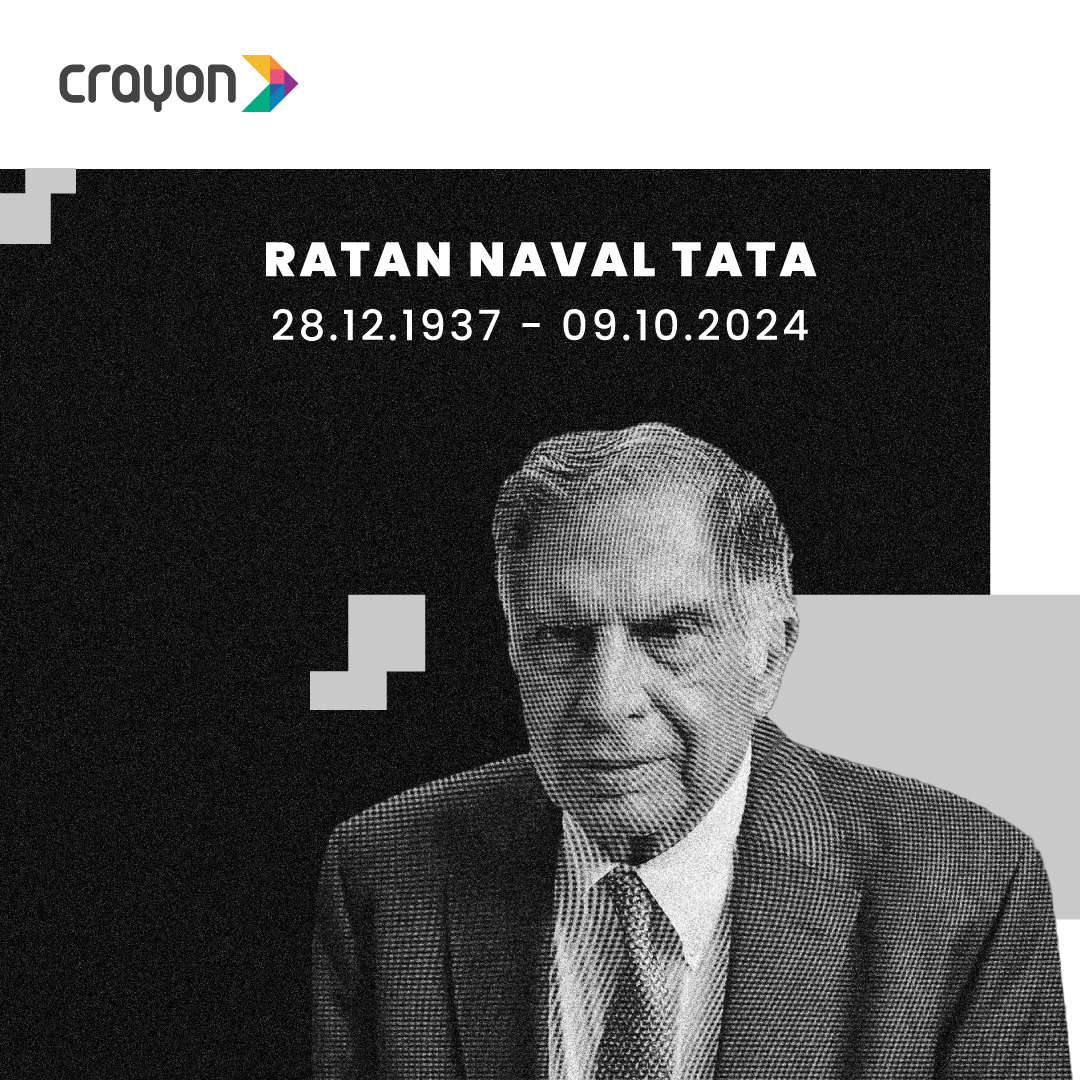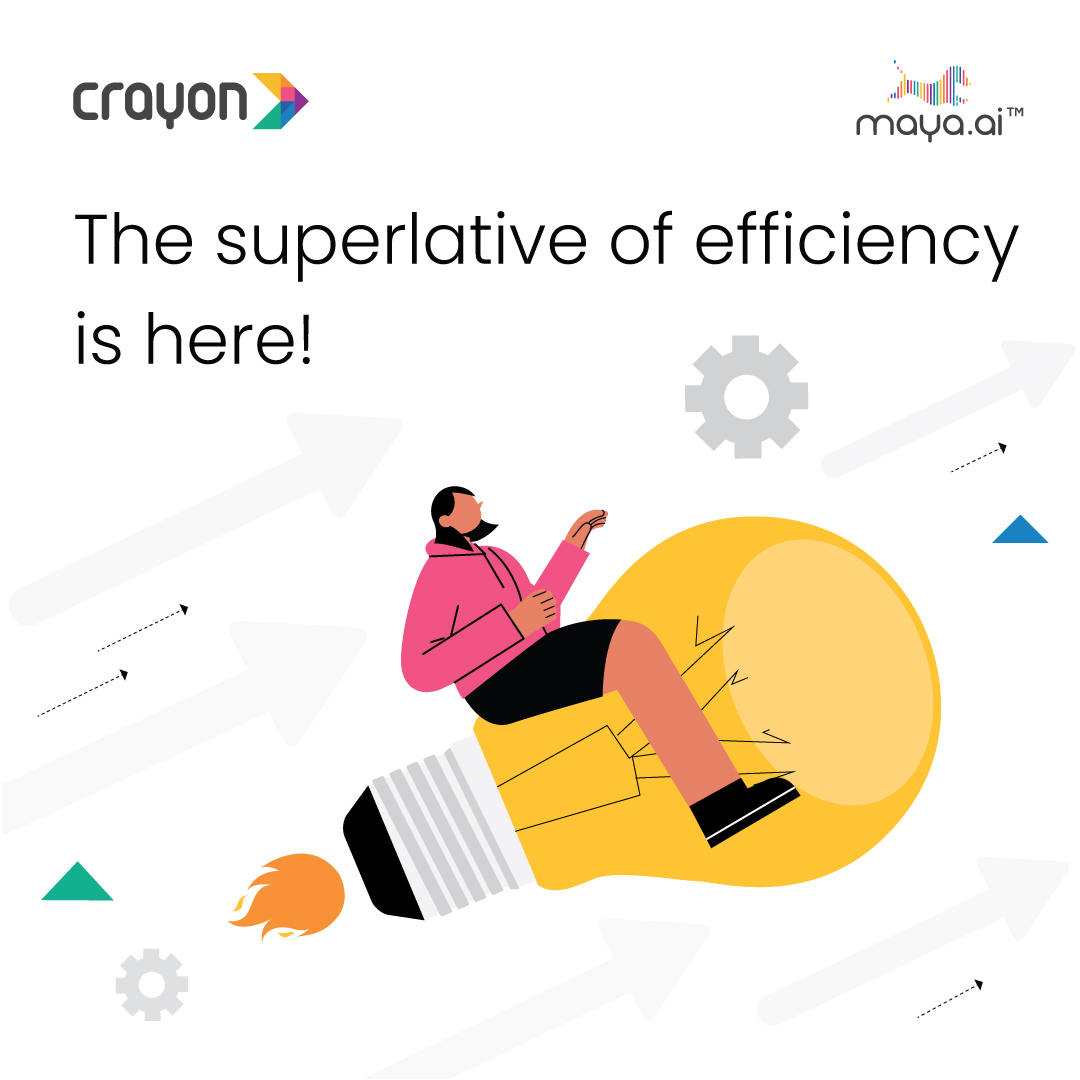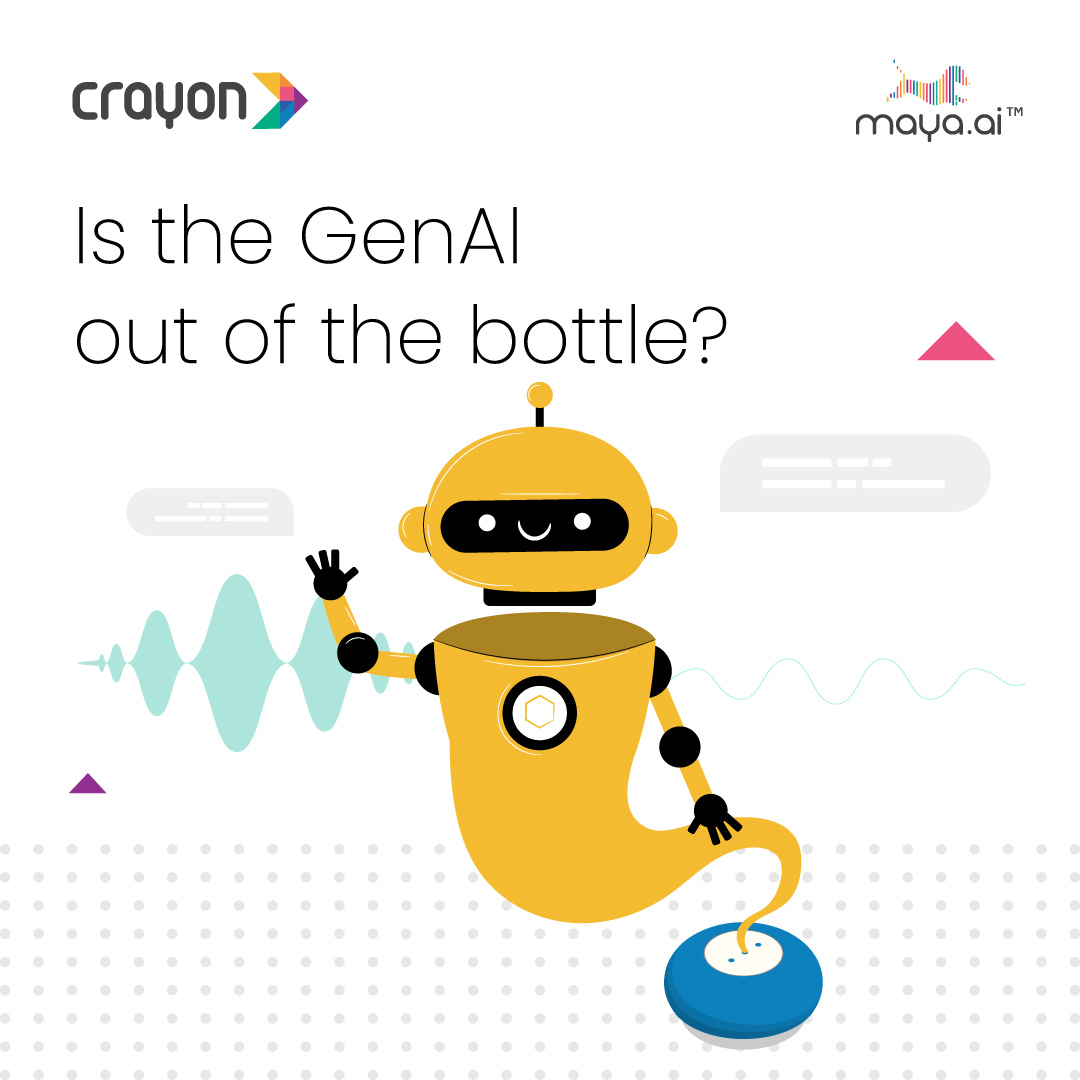An employee gap analysis is a systematic review of an employee’s current performance to see how it measures up to the standards set by management. Through this type of analysis, management can identify “gaps” in skill and training that need to be filled in order to help the employee meet, if not exceed, the company’s expectations.
Regardless of the industry, competition is stiff. Organizations will always work to have even just a small advantage over the competition.
Making sure employees perform at the peak of their potential is paramount, and an employee gap analysis helps achieve this in multiple ways.
5 benefits of performing employee gap analysis
1. Identifies areas for improvement
Some companies use too much time coming up with a goal, and not enough time identifying the problems that keep them from achieving it. A gap analysis helps identify an employee’s areas for improvement so that specialized training and support can be provided to fill the skill gaps.
An organization can even perform an employee gap analysis as early as the onboarding process. After the mandatory new-hire training, a gap analysis of the employee’s performance on evaluations can be used to recognize problem areas that need to be addressed before they are endorsed to production.
2. Establishes good communication
A gap analysis not only requires a supervisor’s honest evaluation of the employee’s performance, it also relies on the employee’s willingness to share their thoughts. A gap analysis encourages good communication between supervisor and subordinate through collaboration and candor.
3. Improves training programs
By performing enough gap analyses, management can identify overarching issues affecting the organization’s performance. With the collective information provided by the analyses, the organization can optimize their training programs to address skill gaps for both current and future employees.
4. Sets productivity standards
Collective data from employee gap analyses can also help organizations optimize productivity standards. Through the comparison of average employee performance to company-set performance standards, goals and metrics can be calibrated.
5. Boosts employee morale
The end-goal of a gap analysis is to provide employees with the training, tools, and support they need to perform well. Having the the right set of skills and equipment boosts employee morale skills by giving them the confidence to do their job right.
An employee gap analysis is an invaluable tool to any organization’s success. By systematically identifying and eradicating problems, it helps teams be more efficient and keeps both employees and employers satisfied knowing they did their best work. A checklist is a useful tool in ensuring that each step of the gap analysis is covered, and done right.




